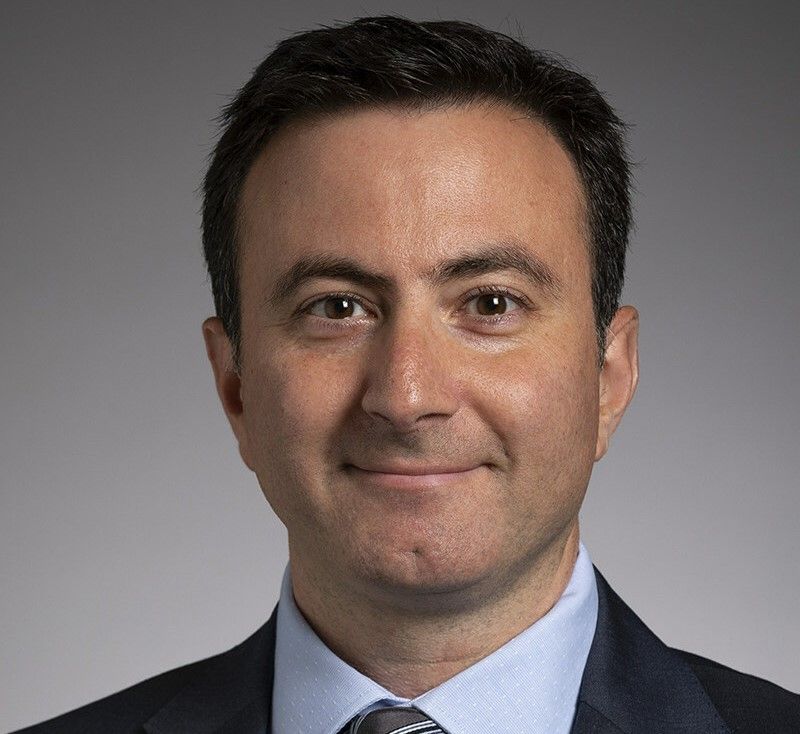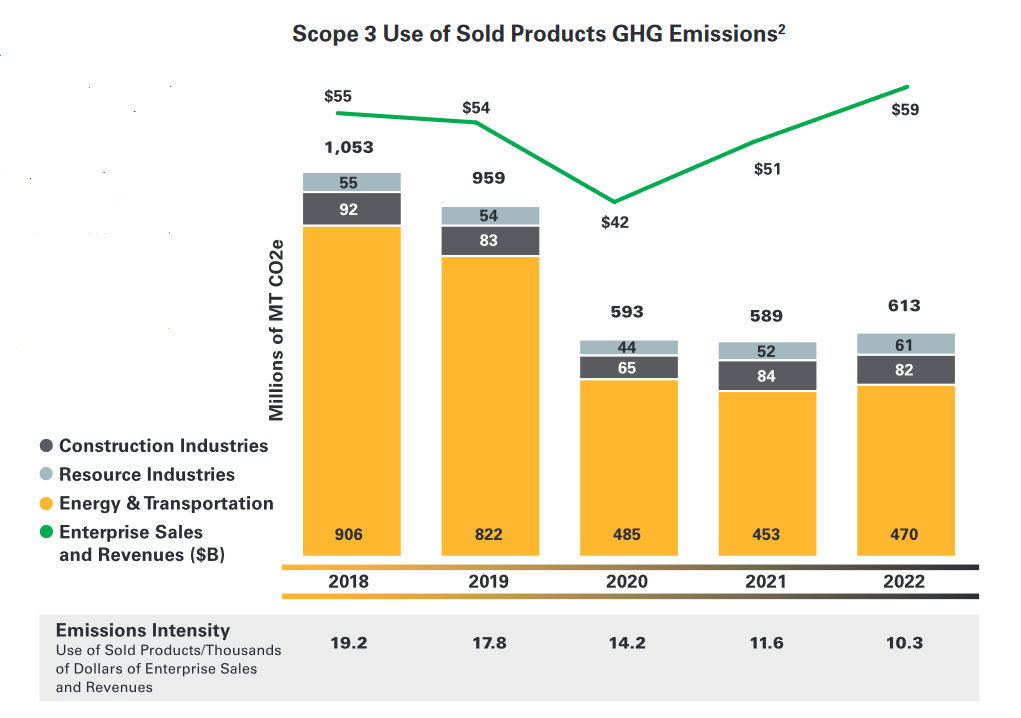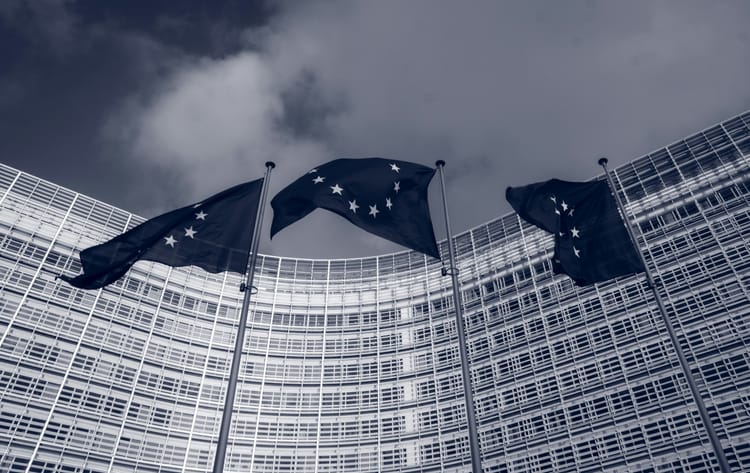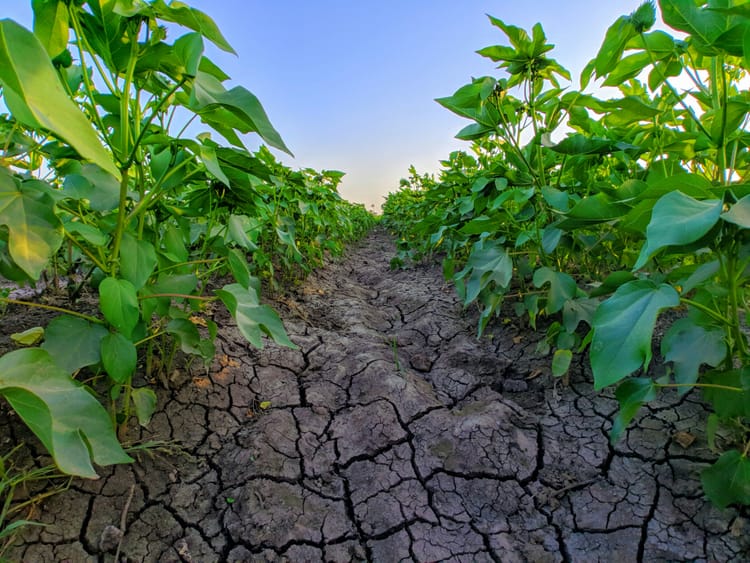Caterpillar appoints its third Chief Sustainability Officer in two years

Caterpillar, the world’s biggest manufacturer of construction and mining equipment, has appointed its third Chief Sustainability Officer in just two years.
George Moubayed, currently SVP, Enterprise Strategy, takes the role from January 2024. Moubayed replaces Chief Sustainability and Strategy Officer Lou Balmer-Millar, who is retiring, after 22 years at Caterpillar and a year in the role.
Lou Balmer-Millar in turn succeeded Caterpillar's first Chief Sustainability & Strategy officer (the company joins the roles, which report to CEO and President Jim Umpleby) Julie Lagacy, appointed in 2021, who retired in February 2023.
This admitted limited sample size suggests that being the sustainability lead at a company known for its gargantuan machinery used in some of the world’s most polluting industries, may be a position that tempts one to promptly retire.
Caterpillar Chief Sustainability Officer George Moubayed

If Moubayed can hold off on the urge for leisurely rounds of golf, he faces some substantial sustainability challenges at Caterpillar – albeit having been well teed up towards understanding them by his predecessors. Caterpillar, for example, estimated its Scope 3 greenhouse gas emissions for the first time in 2022 and also published its first-ever Task Force on Climate-related Financial Disclosures report.
The company has set a science-based Scope 1 and 2 goal to reduce absolute greenhouse gas emissions from operations by 30% from 2018 to 2030.
See also: Airbus appoints its first Chief Sustainability Officer
“[Most of our] emissions come from products with high-power output, high fuel consumption, high runtime and long product life” it notes on a straightforward and accessible sustainability page: “Our Scope 3 emissions are estimated to be more than 95% of the company’s total Scope 1, 2 and 3 GHG emissions inventory.
“Given the company’s large, global customer base covering a diverse set of industries, including construction and mining equipment, off-highway diesel and natural gas engines, industrial gas turbines, diesel-electric locomotives, and others, Category 11 — use of sold products — is our largest Scope 3 category.”
(“Category 11” refers to the 15 categories used in the GHG Protocol methodology to assess Scope 3, or indirect emissions from across a company’s value chain.)

These, it says in its 2022 sustainability report, are “expected to increase in 2023 based on customer demand, as well as anticipated shifts in product mix and customer and business trends" – despite efforts to start building electric mining trucks and what it has described as "significant investment to transform its Arizona-based proving ground into a sustainable testing and validation hub of the future."
Caterpillar says its absolute GHG emissions decreased 33% from 2018 to 2022. Its 2030 absolute GHG emissions goal is 1.55 million metric tons CO2e.







Member discussion